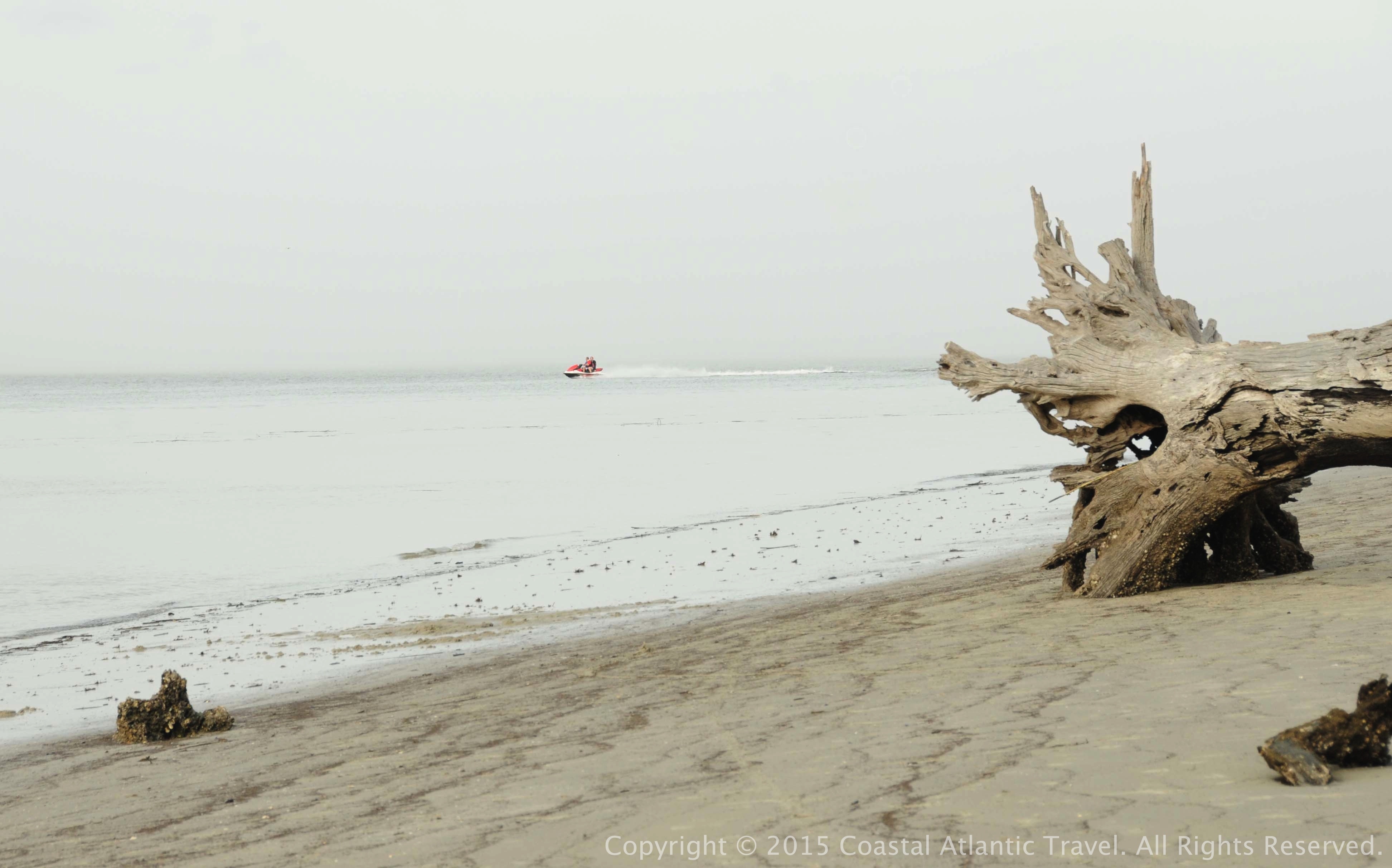Nothing says winter on the Atlantic coast like a dense blanket of fog rolling over the eastern seaboard on milder days, invoking a sense of mystique and despondency to coastal beaches – along with the same feeling one gets when wearing sweaty gym clothes well past their expiration date.
I’ve always found foggy days on the beach pretty neat, sans the thick, sticky, humid-air-on-my-face part. The ground-level clouds certainly put the coastal waters in a different perspective, albeit a gloomy one. One thing I’ve always wondered, though, is what causes fog at the beach to begin with?
I’ve only lived on the coast for a couple of years now, and although it has been explained to me that the nearly opaque beach fog is indicative of milder winter days on the Atlantic coast, I’ve never been told what is going on with the air. So after doing a little research (thanks, weather.com), I found it’s actually pretty simple.
During the winter months, the waters of the Atlantic Ocean can get pretty cold. According to the National Oceanographic Data Center (NODC) water temperatures just off the coast of Fernandina Beach in northeast Florida move from the mid-70s in early fall to the mid-50s by early winter. Water temperatures usually reside in the mid-50s over the course of a relatively short winter before rising back up into the 60s by the middle of March.
While water temperatures may be pretty frigid from December through February, the air temperatures are another story altogether. There’s a reason why an annual migration of snowbirds takes place every year: the subtropical temperatures of northeast Florida make the exodus from sub-zero northeastern weather well worth the pilgrimage down I-95. According to the National Oceananic and Atmospheric Administration’s (NOAA) climate data on Jacksonville, Florida, winter temperature averages rarely dip below 50 degrees fahrenheit, with highs that have been known to flirt with the 70s.

Days like that are exactly where winter beach fog comes into play. Fog is essentially a cloud on the ground, a mass of condensed water droplets that form when warmer air is cooled by a divergent source – in this case, the cold ocean waters of the wintertime Atlantic. When consistently cool ocean waters meet with a much warmer air mass, the air mass reaches the point where it cannot contain the water droplets any longer. This is known as the dew point.
When a warm air mass reaches its dew point and cannot contain water vapor, fog is formed. There are several types of fog, and many ways fog can form over a land mass, but beach fog is usually the result of advection fog: when a warm front blows in over cold ocean waters.
This is also why beach fog tends to be exclusive to the beach itself, canvassing the shores in a thick blanket of moisture that cuts off abruptly, sometimes just a few hundred yards inland. That’s because – in the case of advection fog – the further away from the cooling source (the ocean) the air mass is, the further away from its dew point the air will be. In other words, a dreary, veiled day on the beach doesn’t mean that the sun isn’t shining just a little ways inland.
So next time you are at the beach and a dense, gloomy fog rolls in, maybe you should consider putting some space between yourself and the crashing waves. You may just find that sunny skies are only a short walk away.




